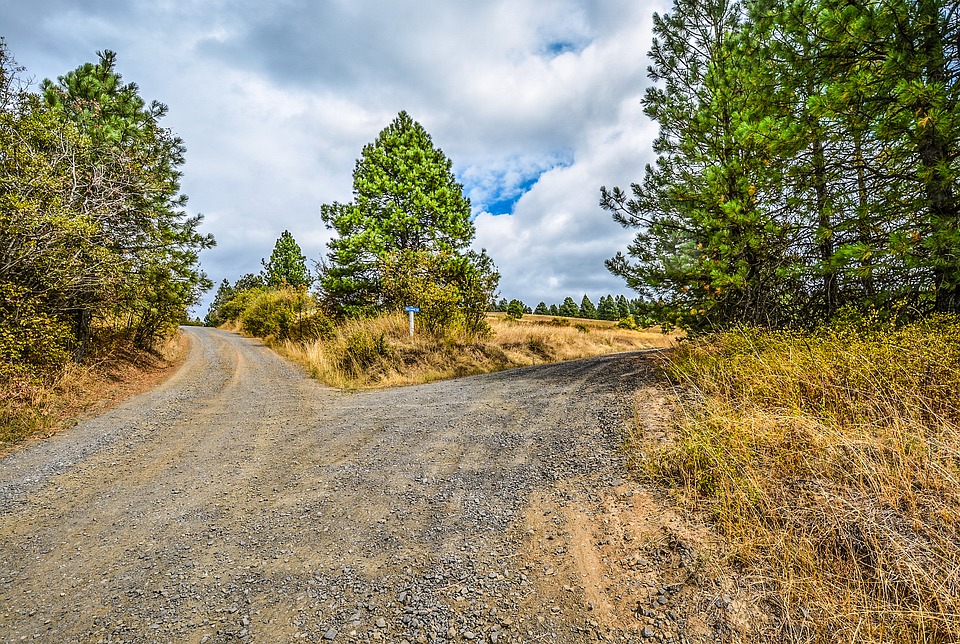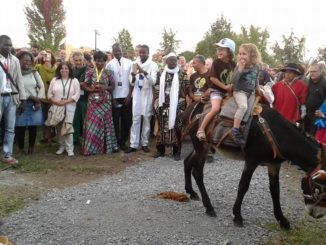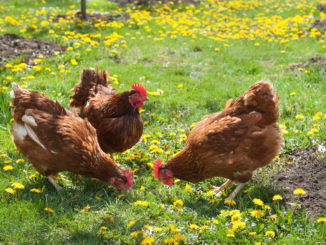
Is it possible to reach carbon neutrality in agri-food, using an agroecological approach, one that also takes other pertinent societal issues like soil health, human health and biodiversity into account?
A recent study by the Institute for Sustainable Development and International Relations (IDDRI) considers this. It finds, in a best case scenario, emissions reductions of 47%.
This reduction is based on IDDRI’s ten years for agroecology (TYFA) work, which Pierre-Marie Aubert, one of the TYFA authors, wrote about for us last September: “a fully agro-ecological Europe, free from synthetic inputs and based on the redeployment of natural grasslands and the extension of agro-ecological infrastructures (hedges, trees, ponds, stony habitats), could sustainably feed 530 million Europeans by 2050.”
This scenario, according to the new report, leads to a 40% reduction in GHG emissions (35% for direct non-CO2 emissions), offers a potential for soil carbon sequestration of 159 MtCO2eql/year until 2035, and a reduction of bioenergy production to zero.
The scenario is thus not compatible with the objective of carbon neutrality, “but offers many co-benefits: biodiversity, natural resources, adaptation, health” the authors add.
By focusing on greenhouse gas reductions especially, a further 7% was squeezed out of the TYFA scenario, bringing the TYFA-GHG scenario up to 47%. This sees a significant reduction in bovine livestock numbers, down 34% compared to 2010, compared to just a -15% reduction in the original TYFA scenario (though this figure is listed as both 11% and 15% in the document).
Along with this, it is assumed that there will be “controlled development of anaerobic digestion using grassland grasses and animal manure as feedstock” the report adds. Sequestration rates are similar and “bioenergy production amounts to 189 TWh/year”.
While this may not seem like a comprehensive solution, the authors are keen to critique the other main approach to trying to achieve carbon neutrality too – land sparing. Land sparing is premised on increases in agricultural yields which in turn allow land to be freed up for forestry or biomass. Framing the debate as land sparing (business-as-usual approaches such as sustainable intensification to ostensibly leave more land for nature) vs land sharing (agroecology), they question the likelihood of projected yield increases in the land sparing approach:
“carbon neutral scenarios rely on a land sparing approach: increases in agricultural yields enable to free up land that is either afforested to increase the biogenic sink or used to produce biomass energy. However, assumptions on yield increases seem very high (up to +30%) if one considers, on the one hand their recent stagnation in Europe (particularly for cereals) and, on the other hand, the potential impacts on biodiversity and soil health. Those impacts could indeed call into question the very productive capacity of agroecosystems and thus lead to lower yields rather than higher ones.”
The land sharing alternative to this would have the positive effect of increasing the adaptation capacity of agriculture to climate change impacts such as “increased water stress, emergence of new parasites/diseases, irregular rainfall” the report emphasises.
A 2050 TYFA GHG scenario, for example, would mean biodiversity levels “far higher than those seen today, in order to provide ecosystem services that the agricultural approach alone could
never achieve.”
Land sparing, on the other hand, using EU targets, would see a “drastic reduction” in the area of lands considered non-productive or under natural grasslands. This will impact European biodiversity negatively, the authors contend. Moreover, typical scenarios do not consider the impact of maintained or increased biocide (pesticide, herbicide, fungicide) or fertilizer use, nor agroecosystem resilience in this high yield scenario.
The aim of this IDDRI study then is to ensure that political debates regarding decarbonisation pathways of the agricultural sector bring broader important issues into considerations, while spotlighting strategies based on land sharing and agroecology as credible.
The question remains however – if neither land sparing nor landsharing will work for carbon neutrality in agri-food, what will?
You can download the IDDRI study at this link.
Long Read | How to Feed the World Without Killing the Planet?





1 Trackback / Pingback
Comments are closed.